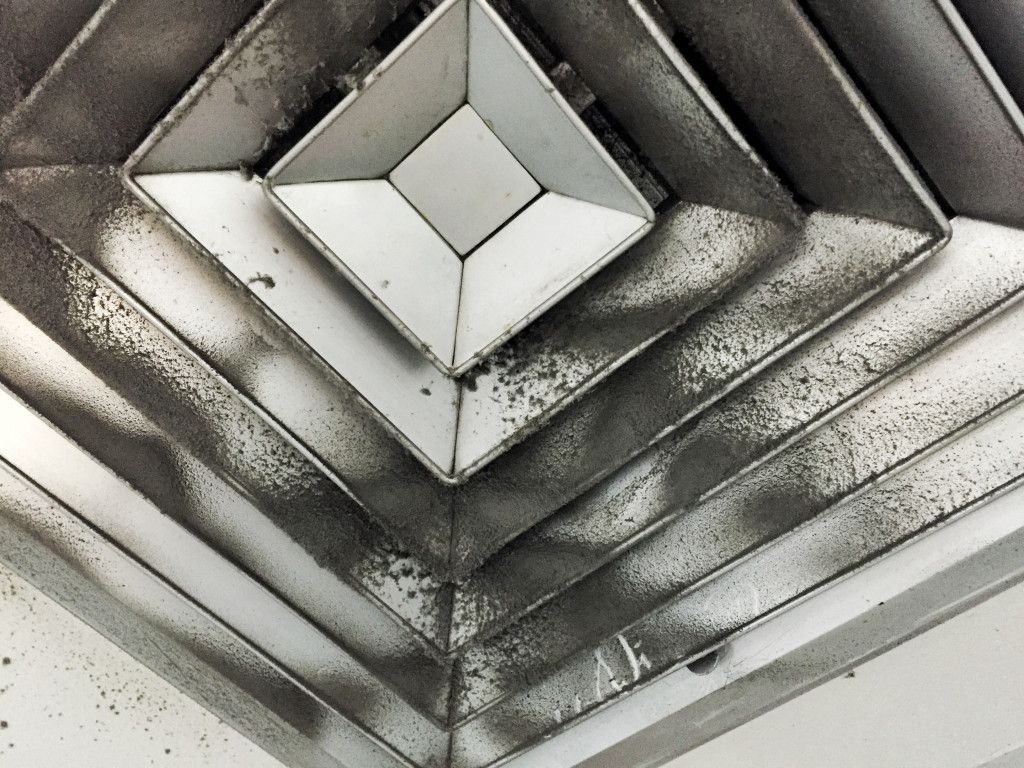- Asthma affects over 6 million children in the U.S., causing inflammation and constriction of the airways.
- Exposure to allergens, viral infections, poor air quality, uncontrolled asthma, and stress can trigger asthma attacks.
- Regular cleaning, use of air purifiers, and controlling indoor humidity can help manage asthma symptoms.
- Proper medication, regular monitoring, and teaching children to manage symptoms and avoid triggers are key to controlling asthma.
- Regular exercise and mindfulness activities can reduce asthma symptoms and stress-induced asthma triggers.
Watching your child struggle to breathe can be a terrifying experience for any parent. Asthma attacks can be sudden and unpredictable, and their frequency can be a source of major concern and stress. If your child is experiencing frequent asthma attacks, you’re probably wondering why this is happening and what you can do to prevent them.
Asthma Among Children
Asthma is an inflammatory disease in which the airways become constricted and inflamed, leading to difficulty breathing. It’s estimated that over 6 million children under 18 have asthma, making it one of the most common chronic childhood diseases in the United States. Various factors, such as pollen, cigarette smoke, pet dander, dust mites, or exercise, can trigger asthma. Asthma flare-ups can be mild to severe and last for a few minutes or several hours.
What Are the Symptoms of Asthma in Children?
Children with asthma may have wheezing, chest tightness, shortness of breath, and coughing that worsens at night or during physical activity. These symptoms can vary in severity from minor to life-threatening and, if left untreated, can lead to an increased risk of hospitalization or disability. Here are a couple of reasons why your children often have asthma attacks:
1. Indoor and Outdoor Allergens
One of the most common reasons children have asthma attacks is exposure to allergens. Allergens are found indoors and outdoors and can trigger asthma symptoms in children. Pet dander, mold, pollen, and dust mites are common indoor allergens, while outdoor allergens include ragweed, tree pollen, and grass. To prevent asthma attacks related to allergen exposure, it’s crucial to keep your home clean and dry, use an air purifier, and limit outdoor activities during peak allergy seasons.

2. Viral Infections
Viruses can cause respiratory infections and trigger asthma symptoms in children. Viral infections like the common cold, flu, and respiratory syncytial virus (RSV) are common causes of asthma exacerbations in children. To avoid viral infections and prevent asthma attacks, ensure your child washes their hands frequently, avoid close contact with sick individuals, and keep their vaccinations up-to-date.
3. Poor Air Quality
Poor air quality can also cause asthma attacks in children. Exposure to air pollutants like smoke, chemical fumes, and secondhand smoke can trigger asthma symptoms. Similarly, exposure to humid weather conditions can cause mildew growth, leading to exposure to irritants like dust mites and mold. To improve air quality in your home, use an air purifier, avoid exposing your child to secondhand smoke, and keep indoor humidity levels low.
4. Poor Asthma Control
Asthma can be effectively managed with proper medication and management. If your child’s asthma is not well-controlled, they are more likely to experience frequent asthma attacks. Asthma control measures include inhalers, allergy medication, and diligent monitoring by your child’s healthcare provider. Additionally, it’s crucial to teach your child how to manage their asthma symptoms and avoid known triggers.
5. Stress and Anxiety
Stress and anxiety can also trigger asthma attacks in children. When a child is anxious or under intense stress, their bodies release stress hormones that can lead to inflammation and asthma attacks. Encourage your child to practice stress-reducing activities like mindfulness exercises, meditation, and physical activity to help manage and prevent asthma attacks.
Reducing Asthma Attacks
Thankfully, you can prevent asthma attacks among your children in various ways. Here are four practical ways:

Clean Your Air Ducts
Your air ducts are home to many pollutants and allergens. Cleaning your air ducts can help remove these contaminants from the air, which can help reduce asthma flare-ups. Contact a local duct cleaning service to do this for you. The service has the equipment to thoroughly clean your air ducts and remove dust, pollen, and animal dander from the system.
Vacuum Regularly
Vacuuming regularly can help reduce allergens in your home. Vacuum upholstery, carpets, and other surfaces to remove dust mites and other irritants that trigger asthma attacks. To effectively remove allergens from the air, it is highly recommended to use a vacuum cleaner equipped with a HEPA (High-Efficiency Particulate Air) filter. The HEPA filter captures and traps microscopic particles such as pollen, dust mites, pet dander, and other common allergens, ensuring cleaner and healthier indoor air quality. Investing in a vacuum cleaner with a HEPA filter can create a safer and more comfortable environment for you and your loved ones, especially those who suffer from allergies or respiratory conditions.
Install an Air Purifier
Air purifiers help remove allergens, pollutants, and other particles from the air in your home. When shopping for an air purifier, look for one with a True HEPA filter—these filters can trap 99.97% of particles as small as 0.3 microns.
Encourage Exercise
Regular physical activity can help reduce asthma symptoms and prevent attacks. Encourage your child to be physically active for at least 60 minutes daily, like walking or running around in the backyard. Be sure to have an inhaler on hand when your child is exercising.
Taking these steps can help reduce the frequency and severity of asthma attacks in children. However, it’s important to remember that each child is different, so be sure to speak with your healthcare provider to create an individualized plan for managing your child’s asthma. Children with asthma can live a normal life with proper care and management.



















